
The Enchanting Périgord Noir: France's Hidden Gem
Discover the timeless charm of Périgord Noir: A blend of medieval history, stunning landscapes, and culinary delights in the heart of southwestern France.
Nestled in the southwestern region of France, Périgord Noir is a captivating blend of history, cuisine, and natural beauty. Known for its dense forests, medieval castles, and charming villages, Périgord Noir is a must-visit for any traveler seeking an authentic French experience. The region is steeped in history, with numerous prehistoric caves, such as the famous Lascaux Caves, showcasing ancient art. Visitors can explore the well-preserved medieval town of Sarlat-la-Canéda, where cobblestone streets and golden stone buildings transport you back in time. The Dordogne River meanders through the region, offering picturesque landscapes and opportunities for kayaking and canoeing. Food enthusiasts will delight in the local cuisine, which includes delicacies such as foie gras, truffles, and walnut-based dishes. The bustling markets in towns like Sarlat and Les Eyzies are perfect for sampling fresh produce and artisanal products. The region's vineyards also produce exquisite wines, making Périgord Noir a paradise for wine lovers.
Local tips in Périgord Noir
- Visit early in the morning to avoid crowds at popular sites like the Lascaux Caves and Sarlat-la-Canéda.
- Rent a bike or take a walking tour to fully appreciate the scenic beauty and hidden gems of the region.
- Try the local specialties at farmers' markets for an authentic taste of Périgord Noir's cuisine.
- Book your accommodation in advance, especially during the summer months, to ensure availability.
- Don't forget to explore the smaller, less touristy villages for a more intimate experience of local life.
The Enchanting Périgord Noir: France's Hidden Gem
Nestled in the southwestern region of France, Périgord Noir is a captivating blend of history, cuisine, and natural beauty. Known for its dense forests, medieval castles, and charming villages, Périgord Noir is a must-visit for any traveler seeking an authentic French experience. The region is steeped in history, with numerous prehistoric caves, such as the famous Lascaux Caves, showcasing ancient art. Visitors can explore the well-preserved medieval town of Sarlat-la-Canéda, where cobblestone streets and golden stone buildings transport you back in time. The Dordogne River meanders through the region, offering picturesque landscapes and opportunities for kayaking and canoeing. Food enthusiasts will delight in the local cuisine, which includes delicacies such as foie gras, truffles, and walnut-based dishes. The bustling markets in towns like Sarlat and Les Eyzies are perfect for sampling fresh produce and artisanal products. The region's vineyards also produce exquisite wines, making Périgord Noir a paradise for wine lovers.
When is the best time to go to Périgord Noir?
Iconic landmarks you can’t miss
Château de Beynac
Explore the majestic Château de Beynac, a historical fortress offering stunning views and a glimpse into medieval France's rich heritage.
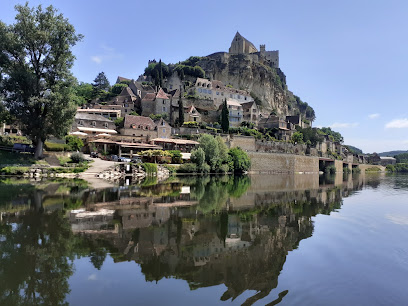
Castelnaud-la-Chapelle Castle
Discover the enchanting Castelnaud-la-Chapelle Castle, a medieval gem in the heart of the Dordogne region, rich in history and breathtaking scenery.
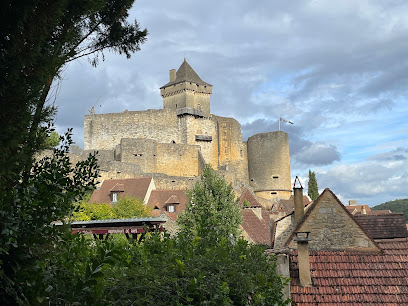
The Marqueyssac gardens
Experience the breathtaking beauty of the Marqueyssac Gardens, a stunning blend of art and nature in the heart of the Dordogne region.
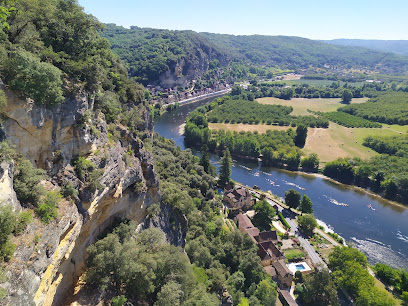
Château des Milandes
Explore the captivating Château des Milandes, a historic castle in the heart of Dordogne, France, featuring exquisite gardens and delightful French cuisine.
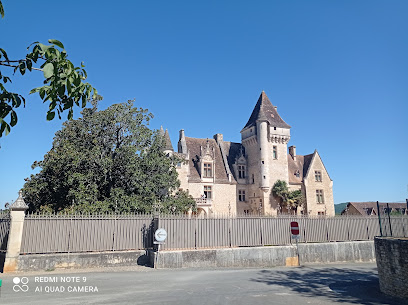
La Roque St. Christophe
Explore the prehistoric marvels of La Roque St. Christophe, an ancient cliff dwelling site in the stunning Dordogne region of France.
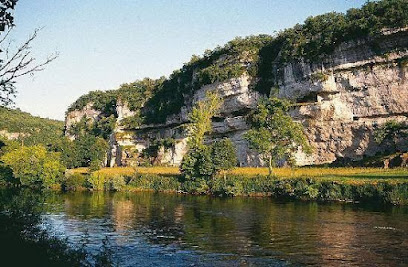
Fortified House of Reignac
Discover the rich history and stunning architecture of the Fortified House of Reignac, a must-visit fortress in the heart of Tursac, France.
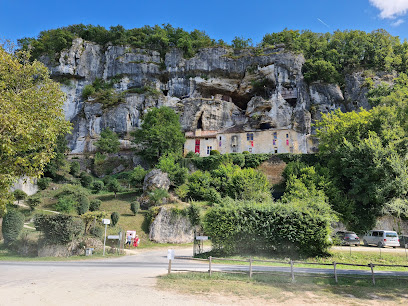
Aquarium Périgord Noir
Experience the beauty of aquatic life at Aquarium Périgord Noir in Le Bugue, a family-friendly destination showcasing diverse marine species and conservation efforts.
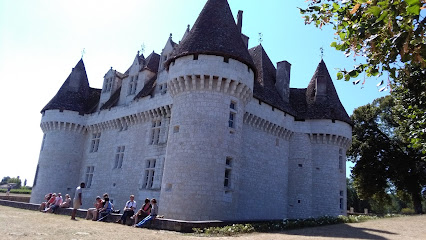
Périgord-Limousin Natural Regional Park
Explore the stunning landscapes and rich heritage of Périgord-Limousin Natural Regional Park – a true gem for nature enthusiasts and history buffs in France.
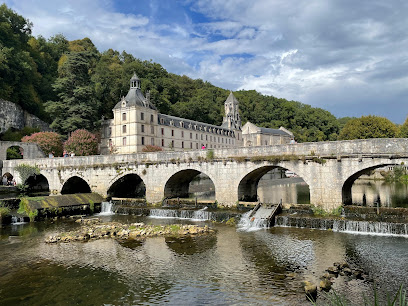
The Gardens of Eyrignac Manor
Explore the stunning Gardens of Eyrignac Manor, where history meets nature in a picturesque setting perfect for relaxation and inspiration.
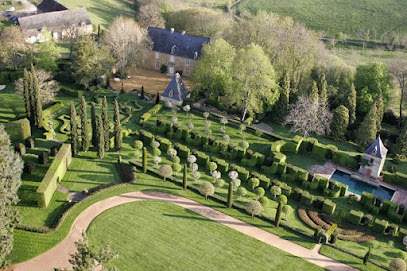
Château de Hautefort
Explore the enchanting Château de Hautefort, a historical gem in the Dordogne, showcasing stunning architecture and a rich cultural heritage.
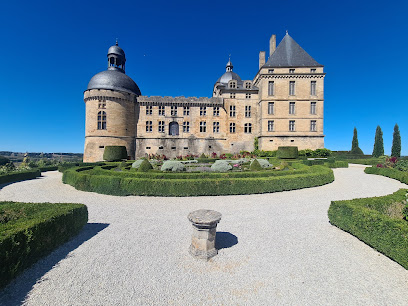
Castle of Biron
Discover the breathtaking Château de Biron, a majestic castle in the Dordogne region, showcasing centuries of French history and stunning landscapes.
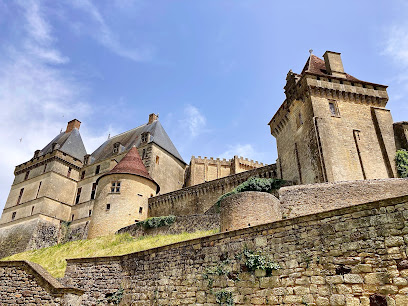
Lascaux II
Discover the breathtaking Lascaux II, a UNESCO World Heritage site showcasing ancient cave art that takes you back over 17,000 years.
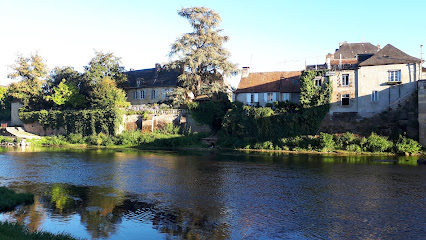
Commarque Castle
Explore the medieval majesty of Commarque Castle, a breathtaking historical site nestled in the stunning landscapes of the Dordogne region.
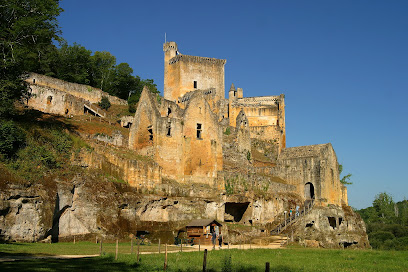
The Thoth Park
Experience the enchanting beauty of Thoth Park in Thonac, a perfect blend of nature, education, and adventure for the whole family.

Villars Cave
Explore Villars Cave's stunning stalactites and stalagmites in a breathtaking natural setting, perfect for family adventures and geological discoveries.
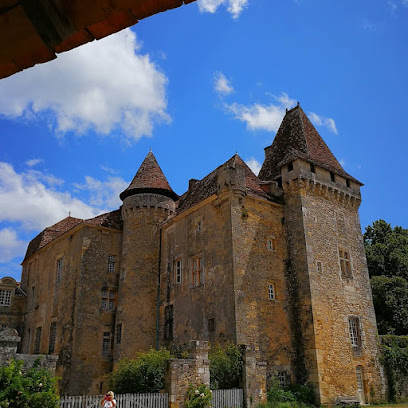
Unmissable attractions to see
Gouffre de Padirac
Explore the breathtaking Gouffre de Padirac, a stunning underground cavern in France, featuring enchanting boat rides and incredible geological formations.

Lascaux International Center of Parietal Art
Discover the breathtaking prehistoric art at the Lascaux International Center of Parietal Art, a must-visit for culture and history enthusiasts in Montignac.
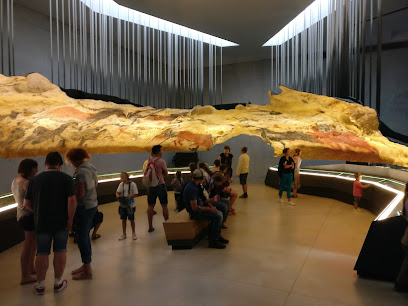
La Roque St. Christophe
Explore La Roque St. Christophe, a stunning UNESCO World Heritage site in the Dordogne, showcasing prehistoric cliff dwellings and ancient human ingenuity.
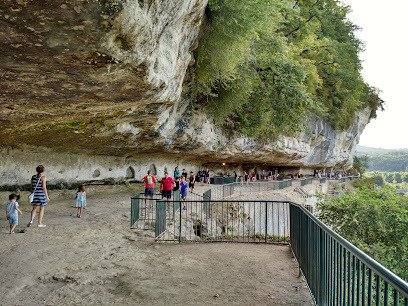
Périgueux Cathedral
Explore the stunning Périgueux Cathedral, a masterpiece of Romanesque architecture and a significant cultural landmark in the heart of Périgueux.
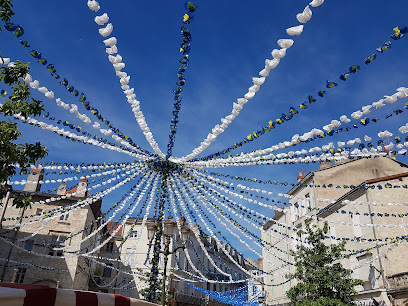
The Thoth Park
Explore Thoth Park in Thonac, a beautiful destination for nature lovers and families, offering scenic landscapes and engaging activities for all ages.

Villars Cave
Discover the enchanting beauty of Villars Cave, a geological marvel in the heart of France, where nature's artistry awaits your exploration.
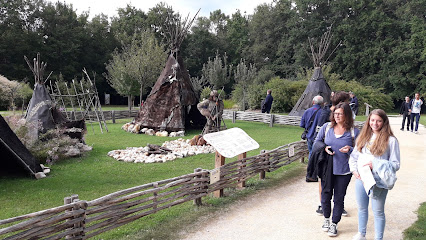
Les grottes du Roc de Cazelle
Discover the majestic Les Grottes du Roc de Cazelle, a captivating blend of prehistoric caves and stunning natural landscapes in the heart of Dordogne.
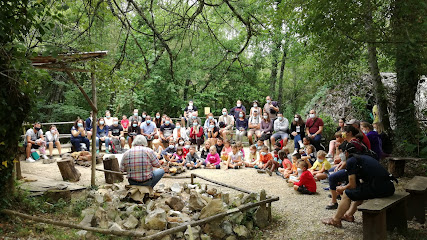
Cave of Tourtoirac
Explore the stunning underground formations and captivating history of the Cave of Tourtoirac, a must-visit tourist attraction in Dordogne, France.
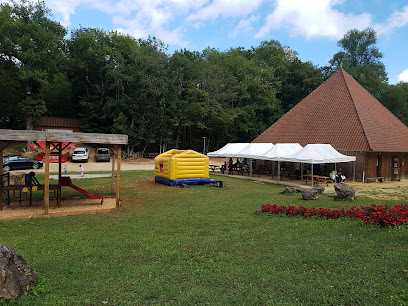
Moulin de la Veyssière
Experience the serene beauty and rich history of Moulin de la Veyssiére, a must-visit tourist attraction in the heart of Neuvic.
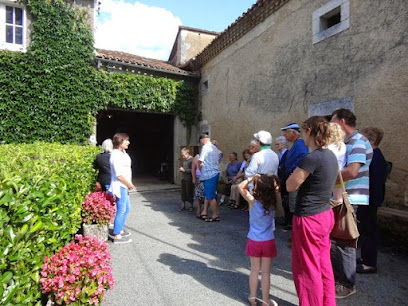
Call Tree Forest Adventure Course Dordogne
Unleash your adventurous spirit at Call Tree Forest Adventure Course in Dordogne, where thrilling outdoor activities await amidst stunning natural beauty.
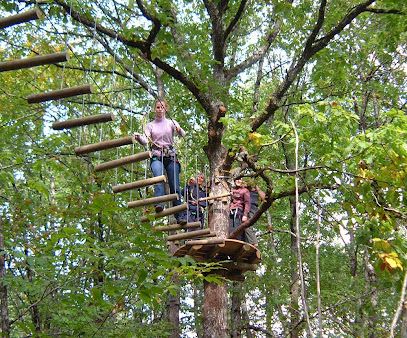
Préhisto Parc
Explore the wonders of the prehistoric world at Préhisto Parc in Tursac, France, a fun-filled theme park for the entire family.
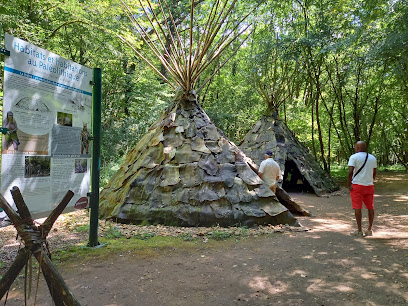
AirParc Périgord
Experience the thrill of adventure sports in the beautiful landscapes of AirParc Périgord, perfect for families and nature lovers alike.
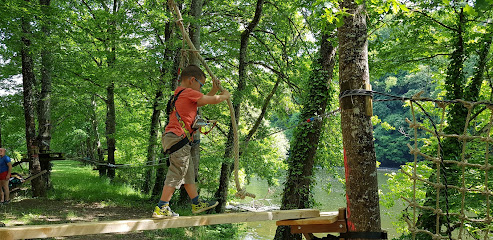
Labyrinthe préhistorique
Uncover the prehistoric past at Labyrinthe Préhistorique, where adventure meets education in a fun-filled amusement park experience for all ages.
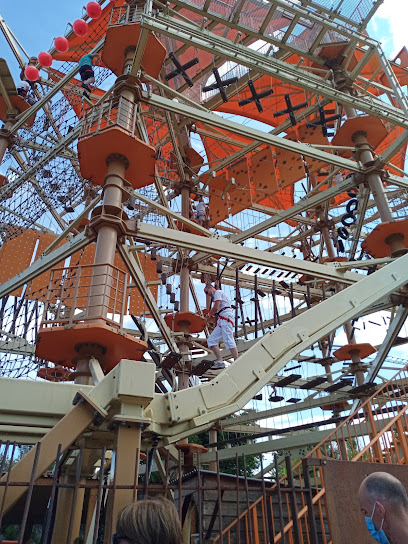
Abbey Ruins
Explore the enchanting Abbey Ruins in Villars - a historical landmark that melds architectural beauty with serene natural landscapes.
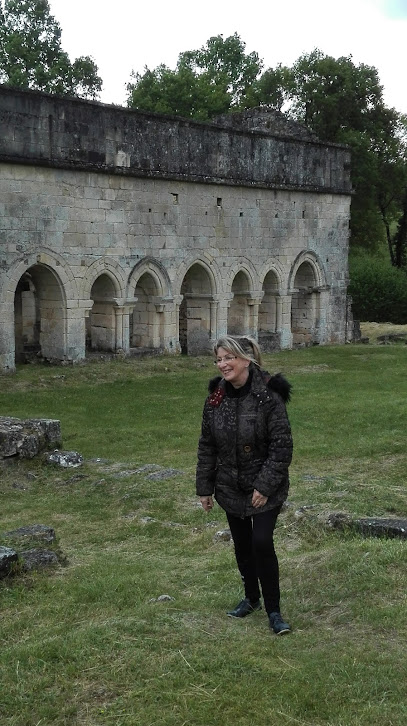
Périgord Vert Aventures
Experience adventure and serenity at Périgord Vert Aventures, an amusement park that offers thrilling activities amidst beautiful natural landscapes in Nontron, France.
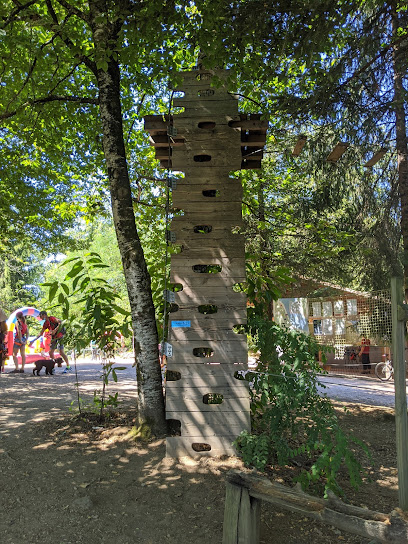
Essential places to dine
Hôtel - Restaurant La Couleuvrine
Discover modern French cuisine and charming hospitality at Hôtel - Restaurant La Couleuvrine in beautiful Sarlat-la-Canéda.
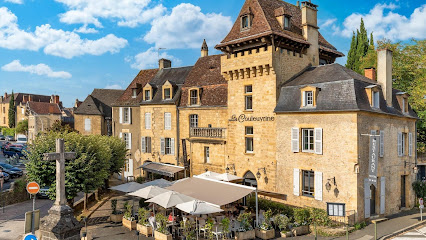
Restaurant L'Esprit Sarlat
Experience authentic French cuisine at Restaurant L'Esprit Sarlat in the heart of beautiful Sarlat-la-Canéda.
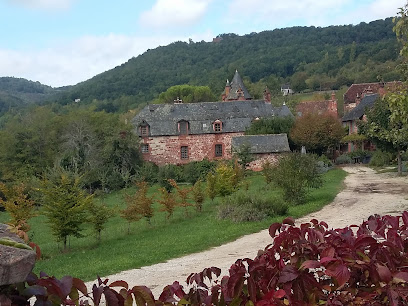
La Petite Tonnelle
Experience authentic French cuisine at La Petite Tonnelle in Beynac-et-Cazenac—where seasonal flavors meet picturesque views.
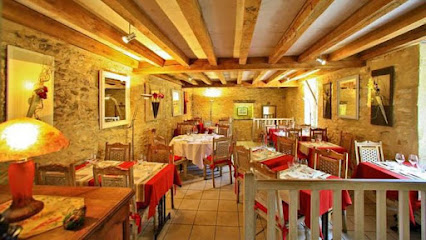
Le Moulin de l'Abbaye
Discover exquisite French cuisine and serene accommodations at Le Moulin de l'Abbaye in Brantôme en Périgord.
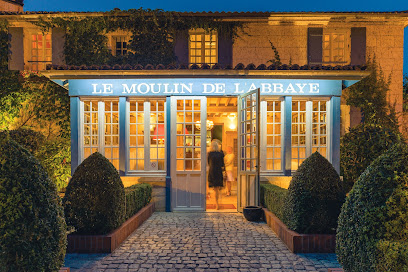
Le Moulin Du Grand Etang
Experience exquisite haute French cuisine surrounded by nature's beauty at Le Moulin Du Grand Etang in Saint-Estèphe.
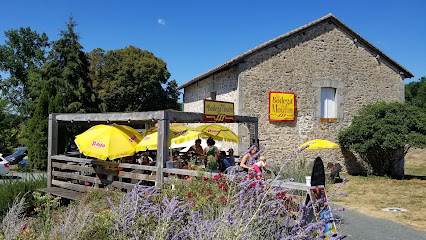
Relais & Châteaux - Le Vieux Logis - Dordogne
Experience exquisite dining and luxurious stays at Relais & Châteaux - Le Vieux Logis in Dordogne – a true taste of French elegance.

Château de la Treyne
Experience unparalleled luxury at Château de la Treyne: A stunning hotel and gourmet restaurant nestled along France's Dordogne River.
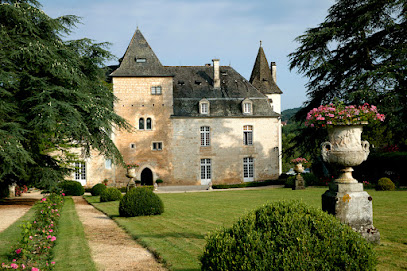
Château le Verdoyer - Camping, Chambres d'hôtes, Restaurant et Bar
Experience exquisite French cuisine and serene accommodations at Château le Verdoyer in beautiful Champs-Romain.
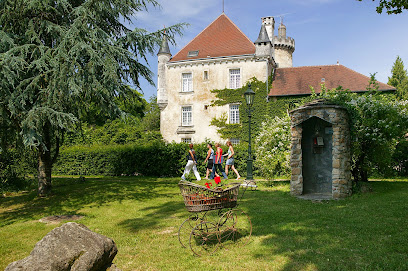
Le temps des mets
Experience authentic French cuisine at Le Temps des Mets in picturesque Saint-Jean-de-Côle - where every meal is a celebration of flavor.

L'escapade des sens
Experience exquisite French dining at L'escapade des sens in Thiviers - where tradition meets innovation in every dish.
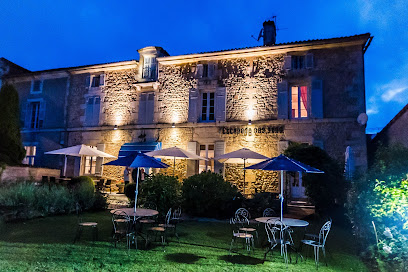
Le Saint Jean
Discover authentic French cuisine at Le Saint Jean in scenic Saint-Jean-de-Côle—where tradition meets culinary excellence.
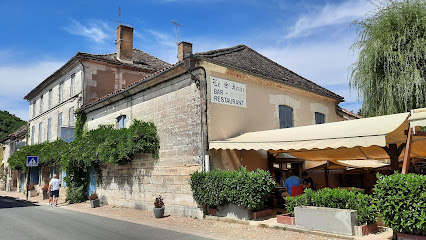
L'Assiette Sarladaise
Experience authentic French cuisine in the heart of Sarlat-la-Canéda at L'Assiette Sarladaise, where every dish tells a story.
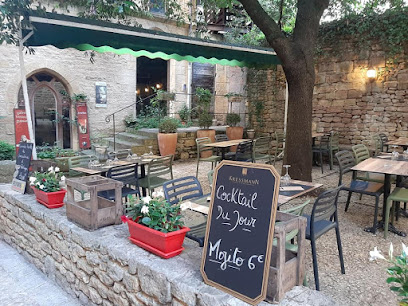
Le Moulin du Roc
Discover unparalleled luxury at Le Moulin du Roc, where fine dining meets exquisite accommodations in the heart of Champagnac-de-Belair.
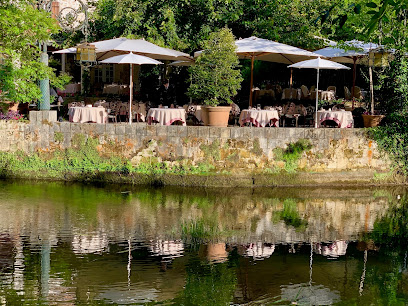
Les machicoulis
Experience authentic French cuisine at Les Machicoulis in Castelnaud-la-Chapelle, where tradition meets flavor in a charming setting.
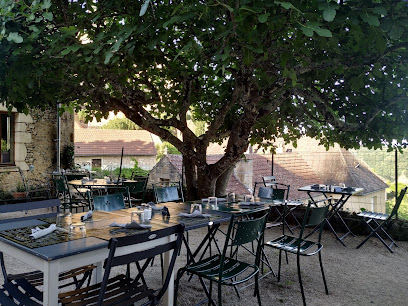
Hôtel de France
Discover the perfect blend of French and Mediterranean flavors at Hôtel de France in Saint-Pardoux-la-Rivière.
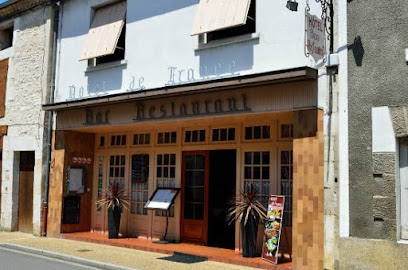
Markets, malls and hidden boutiques
Carrefour Contact
Discover the convenience and local flavors at Carrefour Contact in La Coquille, your ultimate shopping destination for fresh produce and more.
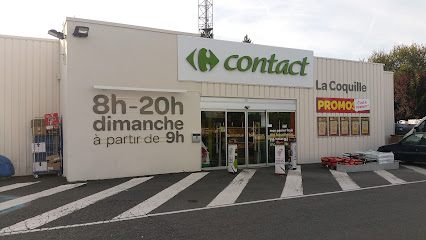
Press House
Explore Press House: A delightful gift shop and bookstore in Thiviers offering unique souvenirs, local literature, and more.

Roch et Gaston
Discover exquisite handcrafted leather goods at Roch et Gaston, a charming store in the heart of Périgueux, France.
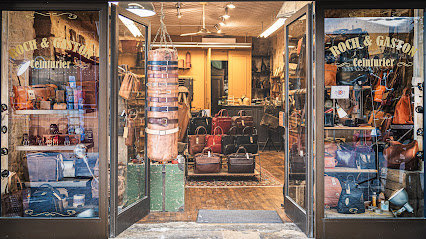
SARL JARRY
Explore SARL JARRY in La Coquille for quality hardware supplies, expert guidance, and a friendly atmosphere perfect for all your DIY needs.
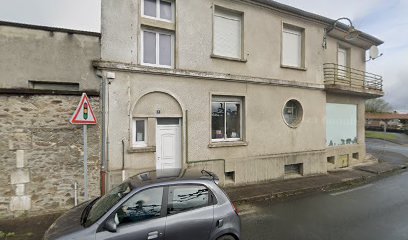
Les Vergers d'Antan
Explore Les Vergers d'Antan - A Charming Farm Shop in Firbeix Offering Local Delicacies and a Taste of French Countryside Culture.
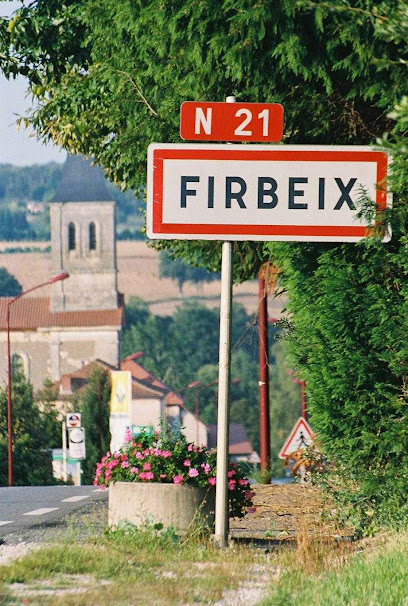
PODOWELL
Explore PODOWELL in Thiviers, your ultimate destination for stylish and comfortable footwear for every occasion.
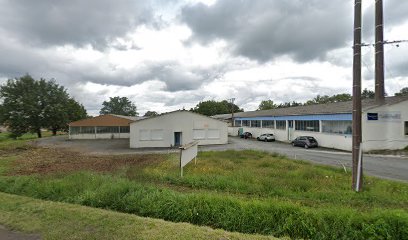
Lascaux Christian
Explore Lascaux Christian: A Culinary Gem in Bussière-Galant Offering Authentic Local Flavors and Fresh Produce.
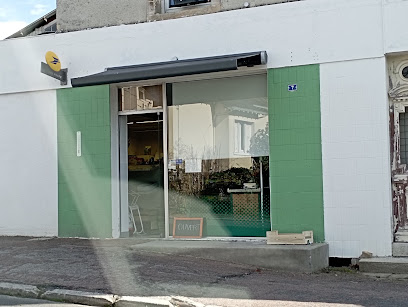
LA CHARIOLOTTE
Explore La Chariolotte in Thiviers for a unique gift shopping experience, celebrating local artisans and culture.
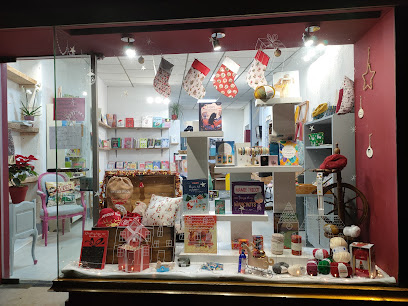
Jardin du bocage
Experience the tranquil beauty and unique offerings of Jardin du Bocage, a cannabis store and truck farm in Saint-Jory-de-Chalais, France.

Bonne Vie Produits
Immerse yourself in relaxation and wellness at Bonne Vie Produits, the premier sauna store in La Coquille, France.
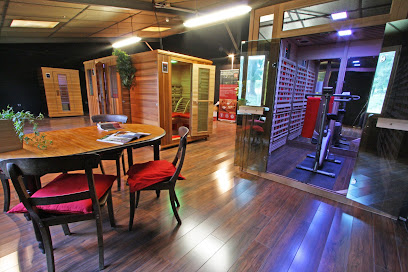
Maison de la Presse
Explore the authentic culture of La Coquille at Maison de la Presse, a charming tobacco shop offering local specialties and a cozy atmosphere.
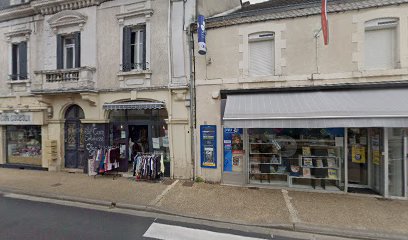
AC L'Atelier Créatif 24
Explore the artistic charm of AC L'Atelier Créatif 24, your destination for unique gifts and custom creations in a vibrant atmosphere.
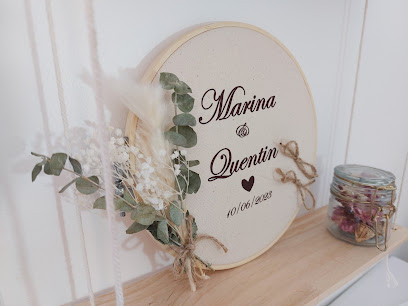
Barruche Meynard Isabelle
Explore the artistry of Châlus at Barruche Meynard Isabelle, a boutique offering unique handmade crafts and local treasures.
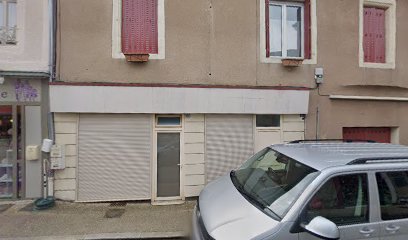
La Coquille Matériaux
Uncover unique vintage finds and local treasures at La Coquille Matériaux, a charming consignment shop in the heart of La Coquille, France.
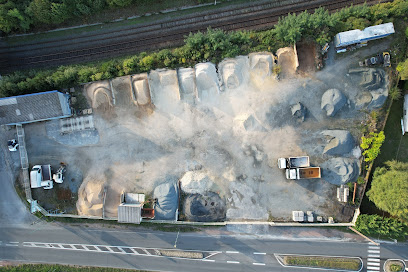
Les Producteurs du Périgord Vert
Experience the best of organic produce at Les Producteurs du Périgord Vert, a local treasure in Saint-Pierre-de-Frugie, France.
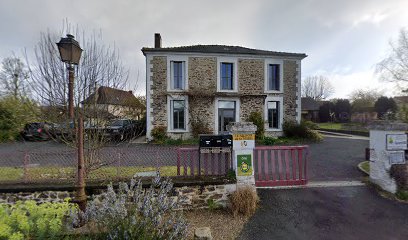
Essential bars & hidden hideouts
Watson's Pub
Discover the flavors of Périgueux at Watson's Pub, where brasserie dining meets a lively pub atmosphere, perfect for tourists and locals alike.

Au Bureau Boulazac
Discover the lively atmosphere and delectable dishes at Au Bureau Boulazac, a perfect blend of bar and restaurant in Boulazac Isle Manoire.
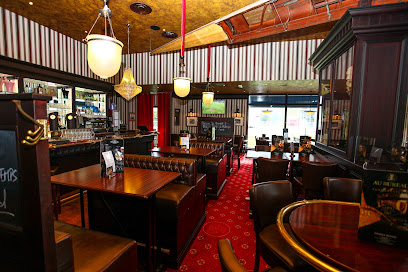
Le Café de la Place Périgueux
Discover the heart of Périgueux at Le Café de la Place, a cozy bar and restaurant offering authentic French cuisine and a vibrant atmosphere.

L'Endroit
Experience the best of French cuisine and creative cocktails at L'Endroit, a vibrant bar and restaurant in Sarlat-la-Canéda.
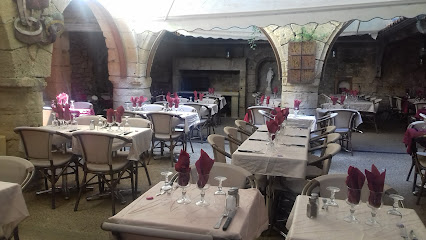
Château le Verdoyer - Camping, Chambres d'hôtes, Restaurant et Bar
Experience the enchanting blend of nature, history, and gourmet dining at Château le Verdoyer, your perfect French countryside getaway.
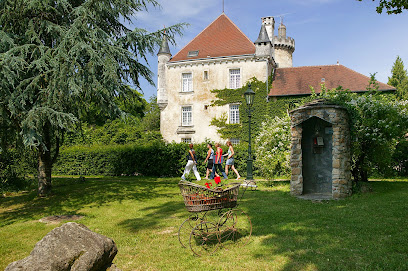
Hollywood Café
Experience the vibrant flavors of Hollywood Café in Nontron, where delicious cuisine meets a lively atmosphere for an unforgettable dining experience.
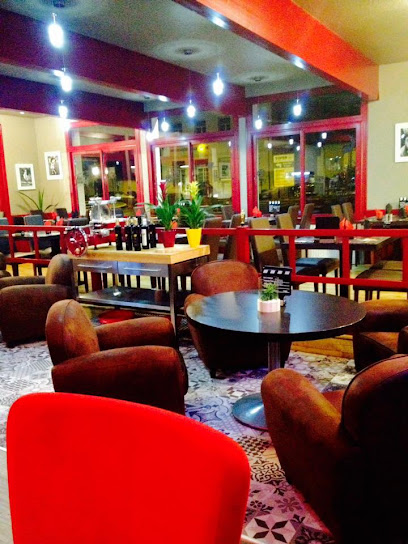
Bar du Midi
Experience the local flavors at Bar du Midi in Ribérac – a cozy bar and restaurant offering a taste of authentic French cuisine and local beverages.

La Vieille Auberge
Experience the essence of French cuisine at La Vieille Auberge, a hidden gem in La Coquille, offering authentic dishes and a cozy ambiance.
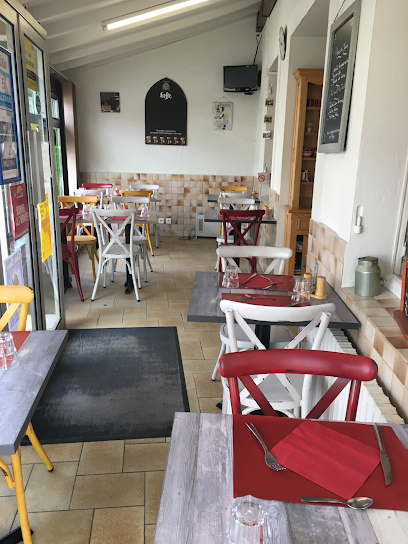
Le Bistrot du Château
Experience authentic French cuisine at Le Bistrot du Château in Jumilhac-le-Grand, where local flavors meet a warm atmosphere.
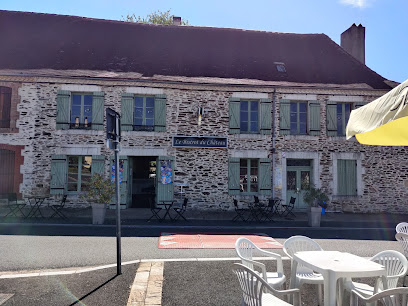
La Harpe
La Harpe - A cozy Irish pub in Champniers-et-Reilhac offering a warm atmosphere, live music, and a diverse selection of drinks and hearty Irish fare.
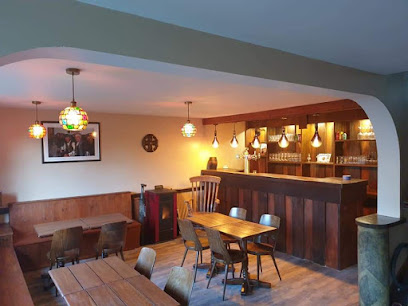
Bar Des Amis
Experience the heart of Brantôme at Bar Des Amis, where fine food and drinks meet warm French hospitality in a charming setting.

L Ourasi
Experience the charm of L Ourasi, a traditional bar PMU in Lanouaille, where locals gather to unwind over drinks and delightful conversation.
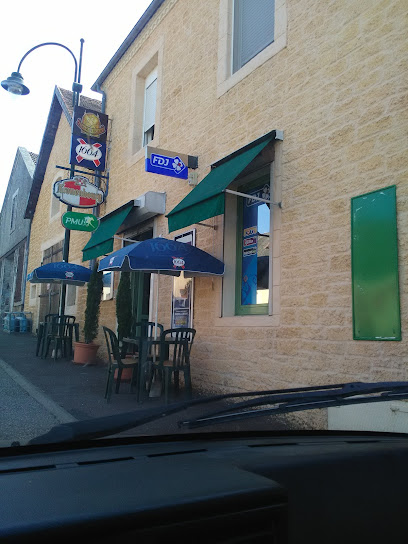
Le clan P
Discover Le Clan P, a cozy beer hall in Eyzerac, where local brews and welcoming vibes create the perfect evening retreat.
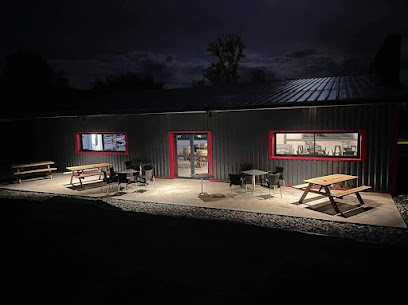
Brasserie Le Père l'Amer - Bières Artisanales Bio
Explore the rich flavors of organic craft beers and fine wines at Brasserie Le Père l'Amer in Thiviers, a haven for brewing enthusiasts.
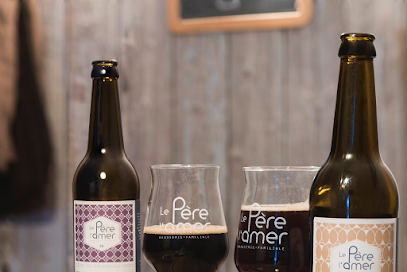
Relais des sports - bar restaurant
Experience the warmth of French hospitality at Relais des Sports in Firbeix, where local flavors and cozy ambiance come together.
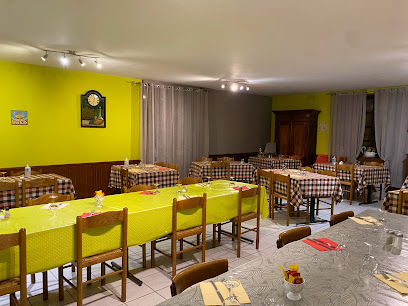
Local Phrases about Périgord Noir
-
- HelloBonjour
[bohn-zhoor] - GoodbyeAu revoir
[oh ruh-vwahr] - YesOui
[wee] - NoNon
[nohn] - Please/You're welcomeS'il vous plaît
[seel voo pleh] - Thank youMerci
[mehr-see] - Excuse me/SorryExcusez-moi
[ehk-skew-zay mwah] - How are you?Comment ça va?
[kohm-mohn sah vah] - Fine. And you?Bien. Et vous?
[byahn. ay voo] - Do you speak English?Parlez-vous anglais?
[pahr-lay voo ahn-glay] - I don't understandJe ne comprends pas
[zhuh nuh kohm-prahnd pah]
- HelloBonjour
-
- I'd like to see the menu, pleaseJe voudrais voir le menu, s'il vous plaît
[zhuh voo-dray vwahr luh muh-noo, seel voo pleh] - I don't eat meatJe ne mange pas de viande
[zhuh nuh mahnj pah duh vyand] - Cheers!Santé!
[sahn-tay] - I would like to pay, pleaseJe voudrais payer, s'il vous plaît
[zhuh voo-dray pay-ay, seel voo pleh]
- I'd like to see the menu, pleaseJe voudrais voir le menu, s'il vous plaît
-
- Help!Au secours!
[oh seh-koor] - Go away!Allez-vous en!
[ah-lay vooz on] - Call the Police!Appelez la police!
[ah-peh-lay lah poh-lees] - Call a doctor!Appelez un médecin!
[ah-peh-lay uh mayd-sahn] - I'm lostJe suis perdu
[zhuh swee pair-doo] - I'm illJe suis malade
[zhuh swee mah-lahd]
- Help!Au secours!
-
- I'd like to buy...Je voudrais acheter...
[zhuh voo-dray zah-shtay...] - I'm just lookingJe regarde juste
[zhuh ruh-gahrd zhewst] - How much is it?Combien ça coûte?
[kohm-byen sah koot] - That's too expensiveC'est trop cher
[say troh shair] - Can you lower the price?Pouvez-vous baisser le prix?
[poo-veh voo bay-say luh pree]
- I'd like to buy...Je voudrais acheter...
-
- What time is it?Quelle heure est-il?
[kehl uhr eh-teel] - It's one o'clockIl est une heure
[eel eh tun uhr] - Half past (10)Dix heures et demie
[dees uhr ay duh-mee] - MorningMatin
[mah-tahn] - AfternoonAprès-midi
[ah-preh mee-dee] - EveningSoir
[swahr] - YesterdayHier
[ee-ehr] - TodayAujourd'hui
[oh-zhoor-dwee] - TomorrowDemain
[duh-mahn] - 1Un
[uhn] - 2Deux
[duh] - 3Trois
[twah] - 4Quatre
[kat] - 5Cinq
[sank] - 6Six
[sees] - 7Sept
[sept] - 8Huit
[weet] - 9Neuf
[nuff] - 10Dix
[dees]
- What time is it?Quelle heure est-il?
-
- Where's a/the...?Où est...?
[oo eh...] - What's the address?Quelle est l'adresse?
[kehl eh la-dress] - Can you show me (on the map)?Pouvez-vous me montrer (sur la carte)?
[poo-veh voo muh mohn-tray (soor lah kart)] - When's the next (bus)?Quand est le prochain (bus)?
[kahn eh luh proh-shahn (boos)] - A ticket (to ....)Un billet (pour ....)
[uhn bee-yay (poor)]
- Where's a/the...?Où est...?
History of Périgord Noir
-
The Lascaux Caves, located near the village of Montignac, are one of the most significant prehistoric sites in the world. Discovered in 1940 by four teenagers, the caves contain over 600 parietal wall paintings covering the interior walls and ceilings. These paintings, estimated to be around 17,000 years old, primarily depict large animals, many of which are known from fossil evidence to have lived in the area at the time. The artwork is a profound testament to the early human capacity for symbolic thought and artistic expression.
-
Château de Beynac, perched atop a limestone cliff overlooking the Dordogne River, is one of the best-preserved medieval castles in the region. Built in the 12th century, it played a crucial role during the Hundred Years' War, changing hands multiple times between the French and the English. The castle's strategic location allowed it to control a key crossing of the Dordogne River, making it a focal point of military operations. Today, the château stands as a formidable reminder of the turbulent medieval history of Périgord Noir.
-
The town of Sarlat-la-Canéda is renowned for its exceptional preservation of medieval architecture. The town grew around a Benedictine abbey founded in the 9th century, which became a center of trade and culture. Sarlat's golden-stone buildings, narrow winding streets, and bustling market squares offer a glimpse into life during the Middle Ages. The town's prosperity during the 13th and 14th centuries is reflected in its numerous mansions and townhouses, many of which remain intact today.
-
The Battle of Castillon, fought in 1453 near the town of Castillon-la-Bataille, marked the end of the Hundred Years' War between France and England. Although the battle itself took place just outside the traditional boundaries of Périgord Noir, its implications were deeply felt throughout the region. The French victory at Castillon effectively ended English territorial claims in France, leading to a period of relative peace and stability in Périgord Noir. This allowed the region to rebuild and prosper in the late 15th and 16th centuries.
-
The Renaissance period brought significant cultural and architectural advancements to Périgord Noir. The Château des Milandes, originally built in 1489, was remodeled in the Renaissance style and became the home of the famous entertainer Josephine Baker in the 20th century. Additionally, the town of Sarlat-la-Canéda saw the construction of many Renaissance-style buildings, including the Maison de La Boétie, a masterpiece of Renaissance architecture. This period also saw an increase in the production of art and literature, further enriching the cultural heritage of the region.
-
The Religious Wars of the 16th century between Catholics and Protestants left a significant mark on Périgord Noir. The fortified town of Domme, perched high above the Dordogne River, was a key stronghold during these conflicts. In 1588, Domme was besieged and captured by the Protestant forces under the command of Henry of Navarre, who would later become King Henry IV of France. The town's strategic location allowed it to control traffic on the Dordogne River and served as a refuge for the Huguenots during the turbulent times.
Périgord Noir Essentials
-
Périgord Noir is located in the Dordogne department of southwestern France. The nearest major airport is Bergerac Dordogne Périgord Airport, approximately 70 kilometers away. From the airport, you can rent a car or take a taxi to Périgord Noir. Alternatively, you can fly into Bordeaux or Toulouse airports, both about 2-3 hours away by car. Rail connections are available from Paris to Sarlat-la-Canéda, the main town in Périgord Noir, via Libourne.
-
Périgord Noir is best explored by car, as many of its attractions are spread out across the region. Car rentals are available in major towns such as Sarlat-la-Canéda. Public buses connect some of the larger towns, but service can be infrequent. Biking is another popular option for exploring the countryside. Taxis are available but may need to be booked in advance, especially in rural areas.
-
The official currency in France is the Euro (EUR). Credit and debit cards are widely accepted in hotels, restaurants, and shops. However, it is advisable to carry some cash for smaller establishments, local markets, and rural areas. ATMs are available in larger towns such as Sarlat-la-Canéda.
-
Périgord Noir is generally a safe destination for tourists. Petty crimes such as pickpocketing can occur in crowded tourist areas, so it is advisable to keep an eye on your belongings. There are no specific high-crime areas targeting tourists, but standard precautions such as avoiding isolated areas at night should be taken.
-
In case of an emergency, dial 112 for immediate assistance. Local police stations and medical facilities are available in larger towns such as Sarlat-la-Canéda. Travel insurance that covers medical emergencies is highly recommended. Pharmacies are readily available for minor health issues and over-the-counter medications.
-
Fashion: Do dress smart-casual, especially when dining out. Avoid overly casual attire such as flip-flops in restaurants. Religion: Do respect local religious sites by dressing modestly and keeping noise levels low. Public Transport: Do validate your ticket before boarding trains or buses. Don't eat or drink on public transport. Greetings: Do greet people with a handshake. A friendly 'Bonjour' goes a long way. Eating & Drinking: Do try local delicacies such as foie gras and truffles. Don't rush meals; dining is a leisurely activity in France.
-
To experience Périgord Noir like a local, visit the weekly markets in towns such as Sarlat-la-Canéda and Le Bugue, which offer fresh produce and artisanal goods. Engage with locals; they are often very friendly and willing to share tips about the best places to visit. Don't miss exploring the region's numerous prehistoric sites and castles, such as the Lascaux Caves and Château de Beynac.
Trending Landmarks in Périgord Noir
-
Château de Beynac
-
Castelnaud-la-Chapelle Castle
-
The Marqueyssac gardens
-
Château des Milandes
-
La Roque St. Christophe
-
Fortified House of Reignac
-
Aquarium Périgord Noir
-
Périgord-Limousin Natural Regional Park
-
The Gardens of Eyrignac Manor
-
Château de Hautefort
-
Castle of Biron
-
Lascaux II
-
Commarque Castle
-
The Thoth Park
-
Villars Cave
Nearby Cities to Périgord Noir
-
Things To Do in Bordeaux
-
Things To Do in La Rochelle
-
Things To Do in Tours
-
Things To Do in Toulouse
-
Things To Do in Angers
-
Things To Do in Nantes
-
Things To Do in Lourdes
-
Things To Do in Lyon
-
Things To Do in Montpellier
-
Things To Do in Nîmes
-
Things To Do in El Serrat
-
Things To Do in Ordino
-
Things To Do in Arinsal
-
Things To Do in Soldeu
-
Things To Do in Canillo












